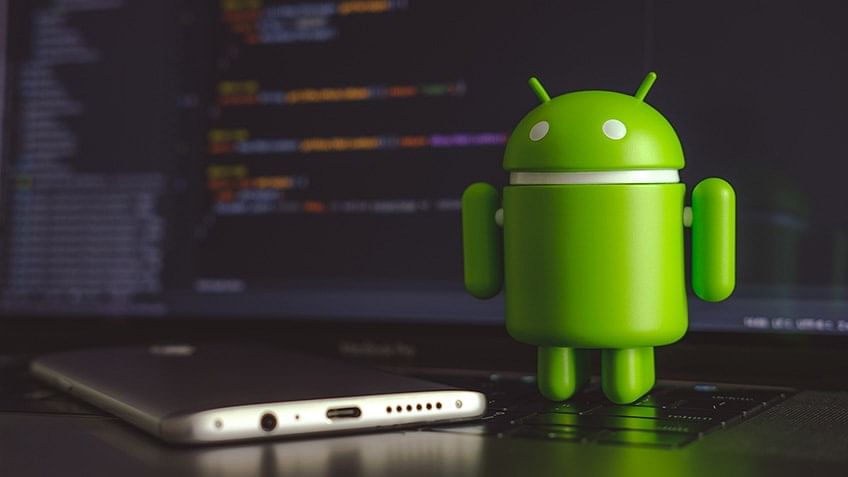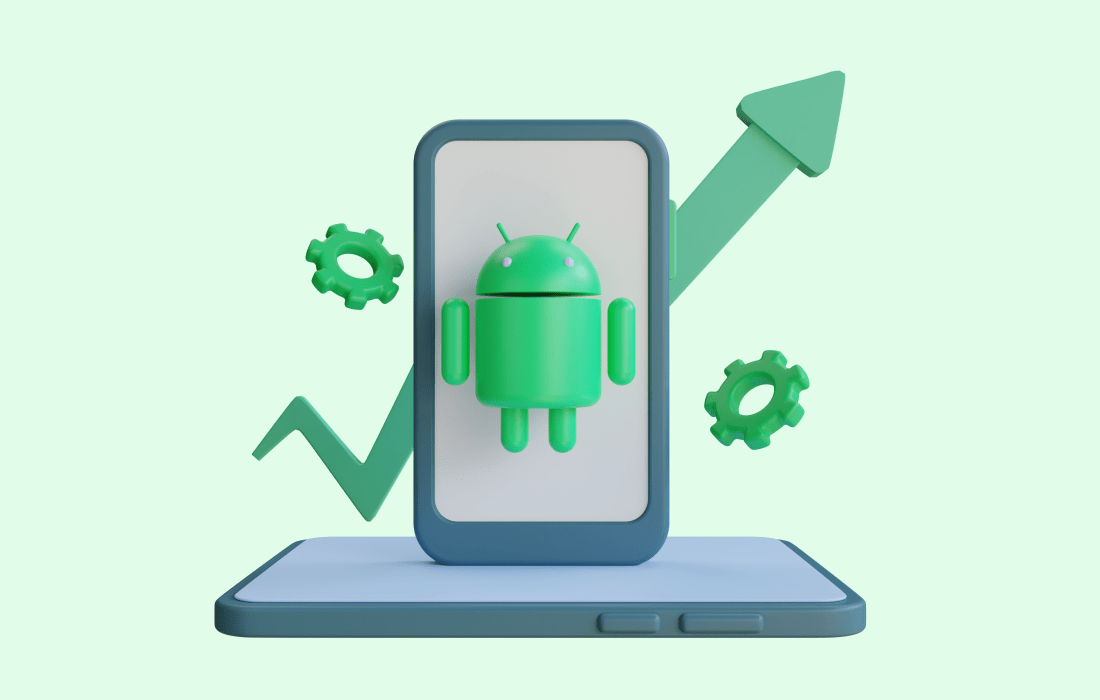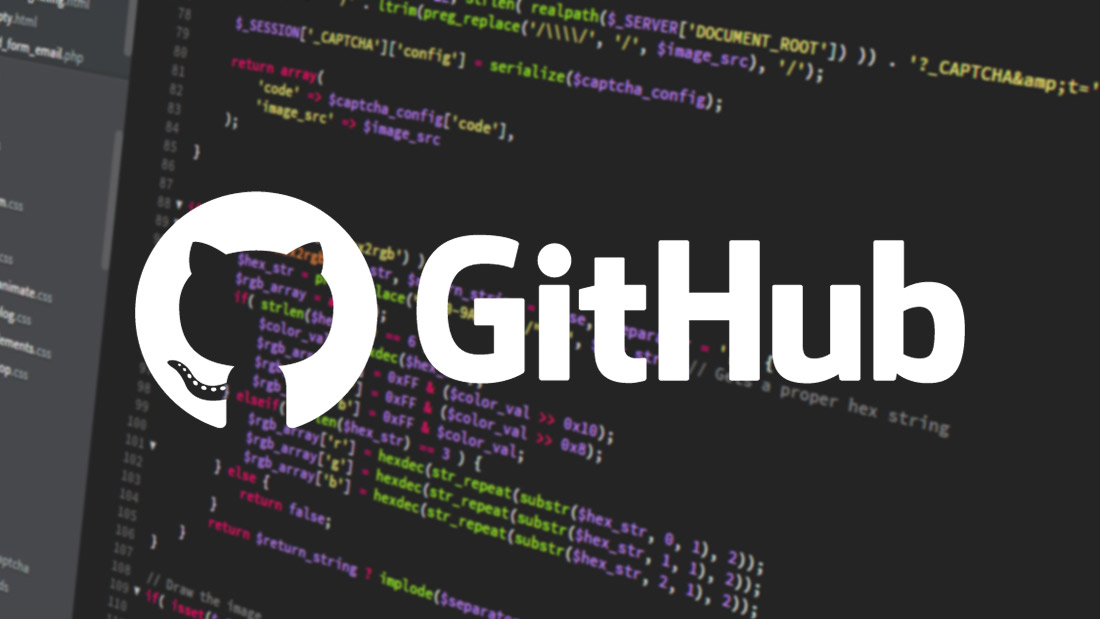Introduction
Thus, if ever, you are among those who are fancied with the interest on mobile application developments, more appropriate in the android environment, then this is the perfect site for you. Welcome to “Android Development: I will be glad if you proceed on the journey to demystify the fog over the Comprehensive Guide for Developers: the art of creating fantastic Android apps is in the process of being documented.
In this guide, we will begin with how to configure the proper development environment for your app up to how to submit your app to the Google Play Store. It is maybe designed for a programmer who wished to translate and expand his portfolio or for the laymen who wished to understand what is happening.
Continue down this great path of Android development and open the door, which leads to the use of Android for your applications.
From the previous lessons, you have installed Node. Js and also became familiar with the IDE of your choice to configure the development environment.
The first of these, which might help you to initiate your Android development plan is the installation of SDK. Android Studio, which is the Integrated Development Environment officially supported by Google for Android Development, provides the user ends with a sustainably reliable and efficient platform for programming running and even debugging the applications.
This section shall help the user in installation as well as configuration of basic environment and implementation tools.
Understanding the Basics: Java Kotlin
Before delving into Android-specific concepts, it’s crucial to understand the programming languages used in Android development: These are Java and Kotlin to prefer as the primary programming languages in developing mobile applications. h coordinating the strong points of each language and assisting you to get to the right language that will fit the project.
Starting with Android Components
Android applications are dependent on some aspects that are grouped for correct operation of the application in system. The parts of an Android application are an activity, the fragment, service, and the broadcast receiver. As such, the required acquaintance with these aspects and their evolution leads to the formation of stable and adaptable applications.
User Interface Design
Another component of the procedure of programming in Android is designing a good user interface graphic. Explaining the concept of different layouts and views and the demo of working with XML and programmatically and why?
Working with Data: The mobile database requirement will be best solved by using SQLite and Room Database.
Of course, data management is a crucial step in the work of any application, and this one cannot be an exception too. Understand the databases in regard to Android platforms beginning with SQLite and then go to a more advanced level of Room Database to have a flavor of how it is to store data.
Networking in Android
Networking is a good concept for the in-app features of the contemporary world that is prevalently intertwined. Discover the ability of using retrofit to send API and how responses can be handled offline using AsyncTask to improve the user interface.
Dealing With Accepting User Input And Moving Around
It could be said that usability and especially navigation of the application by the user undoubtedly plays the crucial role in creating the effective Android application. Pass through such topics as input verification, various forms of navigation as well as effective user experience formation.
Debugging and Testing
To clarify a very important point regardless of how much you know the bugs and issues are human and can happen to any and everyone even the most professional of developers. Learn how to debug as an Android Studio feature and also learn about unit testing and UI testing for the assurance of the code quality.
Optimizing Android App Performance
reaching there determines an app to be optimized hence being a successful app. Identify approaches that can be used in improving your app, proper coding techniques, and profiling in order to get acquainted with areas that can reveal your app’s performance issues.
Security rules/instructions concerning the development of Android applications
In the present context whereby there are increased cases of cyber threats, safety is of outmost importance. On how to improve security measures of Android applications, You will learn how best to encrypt data; agree to code; and deal with permissions.
Showing content on different screens and resolution many fold.
Android devices and gadgets are-available in different models and shapes. Understand the basics of the responsive design, so your app will function properly and look good on different devises: with the smaller or larger screens and more or less density.
Maintaining Affiliation with the Existing Trend
The Android world is Android open and ever-growing with more and new tools and libraries being created. I also ought to make sure that I have applicable knowledge regarding the Jetpack libraries and the functioning of the Android app bundles in the future endeavour.
Publishing Your Android Development
Congratulations! Every piece of it shall be imprinted on the hat for designing a magnificent Android application. Now, you learn how you can turn it into the format that is ready for release, and how you can indeed submit it to Google Play Store.
Conclusion
Thus, in this final all-encompassing guide, we began the process of describing the setup from the most fundamental environment to the distribution of applications.
In reference to this statement, you have nothing to worry about since Android is a large platform no matter the level of the developer and has room for new ideas and concepts to be created. Code on, remain interested, and see your conceptions created in the Android Development.
FAQs
Which of the two is preferred for Android Java or Kotlin?
They are both good but ‘Kotlin’ is gradually replacing ‘Java’ largely the later being shortened and more developed.
What changes could be made to optimise the app for instance the number of tiles per display and or current layout?
These are areas of focus such as: stuff like the profiling of your code, the result from your algorithms, and managing your resources.
It is worth asking the question the following: what security measures should further be included into the android application?
Passwords should be really sturdy /sensitive information should be encrypted, coding practices should be sound and the apps should only need as many permissions as are necessary.
Does it mean that one has to pay when he or she wants to post an app on the Google Play Store?
Yes, there is a one-time charge for registration at the Google Play Developer that will give you an account.
Can I set my routine budget for paying to keep my application in the Play Store?
No, the one time registration fee also comprises of the application maintenance and the application update fee.






